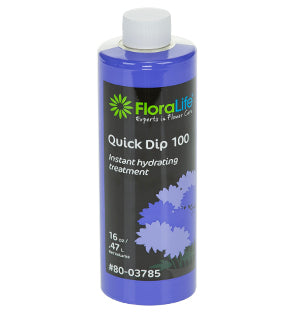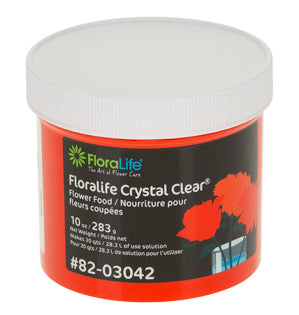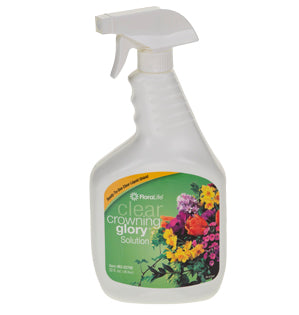Designing with a Flower Recipe
The first step to making a profit is knowing what your costs are in a design. How do you do that? Recipes! In this Flower School How-To Video Leanne creates a luxurious foam-free design as she talks about stem counts, the process of creating design recipes, and profitable floral design, all with the help of Lobiloo florists' software. Enjoy!
(includes paid promotion)
Video Transcription
(includes paid promotion)
How much does it cost? That's always the question. You hear it, I hear it, and we ask it. How much would you sell that for? Today, let's talk recipes and profitable floral design.
When you're designing, especially for a holiday, the very first step is to create a recipe. Think about the flowers that you're going to use, and then go ahead and design a recipe that you'll use every time you make that arrangement.
My resource? I use a website, lobiloo.com. It's easy. I can type in what I'm going to use, actually add pictures, choose the container, set my mechanics. Then since we all know that computers and water don't mix, you can print off the recipe so that it's ready to go into the workroom. Move your computer, get it out of the way of the water, then go ahead. The mechanics for this one, the beautiful footed compote, no wire, no foam, just fresh water mixed with flower food.
My recipe calls for dusty miller to create the base, cutting it down, and then placing it in deep so that it will drink well. Dusty miller holds great as long as it never dehydrates, so getting it in clear to the bottom of the vessel, starting to create a nest, which then will support all of the flowers and do it in a very stylish manner with that beautiful grayed foliage.
Then waxflower also helps to create the nest. Again, placing it in so that it weaves from one side to the other, creating a nest. We don't do any flowers until you get a perfect nest established. Think about basic floral design one. When you learn to design with a foliage armature, that's what I'm doing. But instead of straight, traditional foliage, I'm going with dusty miller, waxflower, and seeded eucalyptus. With the seeded eucalyptus, I'm removing the leaves, just using the berries to get fabulous texture following my recipe so that I know it's going to be profitable.
Next, the heavier blooms, like the spray roses, they have a bit of bulk to them and a bit of weight, so they'll help support everything else. Feeding it down into the foliage, tucking it a little bit lower, radiating around using a central binding point. Then coming in with the carnations, so long-lasting, ruffly, feminine. And for a little bit of delicate lightness, some sweet peas. It'll extend the eye outward a bit more, adding overall size to the bouquet, visual value. Then also a few tulips for a brighter, deeper pink. Now, tulips are going to continue to grow, so tucking them in a little bit lower so that they'll grow with the arrangement as they mature.
I save the fabulous flowers for last. An Oriental lily will add beautiful fragrance as well as drama, cutting it down and placing it close to the center so it fills in the emphasis. Then adding two peonies because everybody loves peonies to finish it off.
Thanks to Lobiloo, the recipe is documented, archived, ready to use over and over again as I prepare for the holiday.
To make it easy, let's review. We used a base of dusty miller, waxflower, and seeded eucalyptus. Then six tulips, five carnations, five sweet peas, three of the spray rose, one Oriental lily, and two fabulous peonies. Altogether perfect for Mother's Day.
At Floral Design Institute, we teach floral design, but we also focus on the business, pricing, and recipes because we want you to be a profitable florist. You'll find more fabulous information on the website, FlowerSchool.com. You have questions, you can reach us through there. Now it's your turn. Start recipe-ing. Figure out what flowers you're going to use, what it's going to cost, and what you're going to sell it for. It's easy once you get started. Have fun and do something you love.





